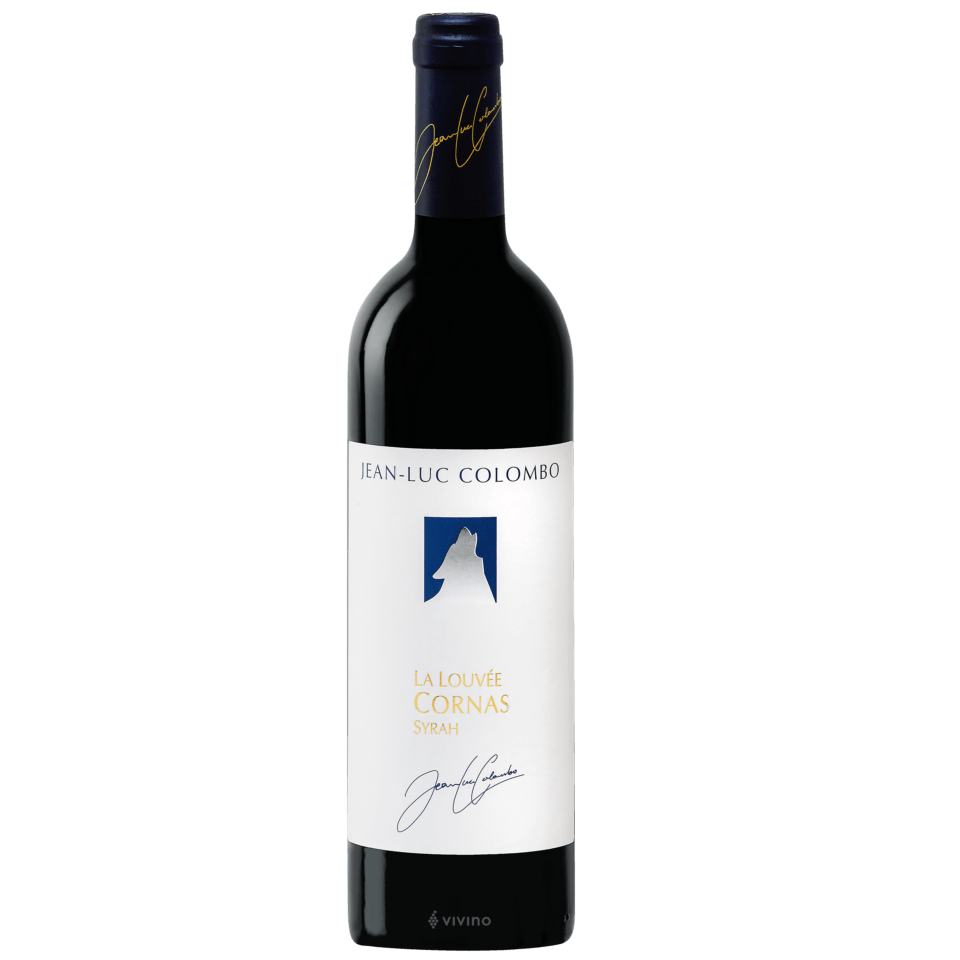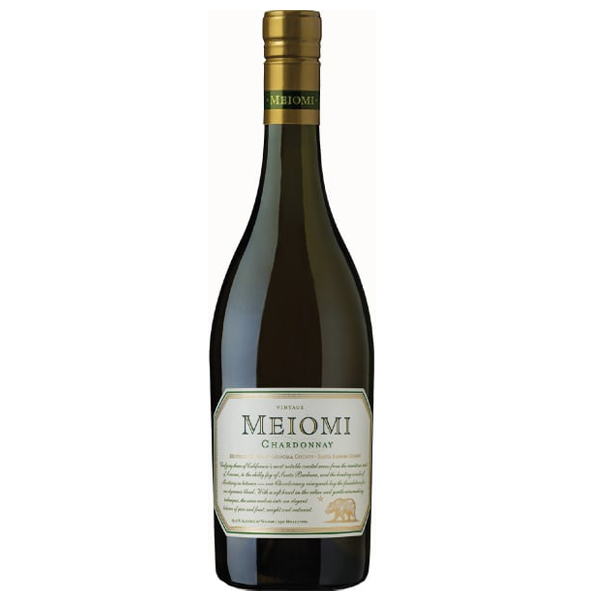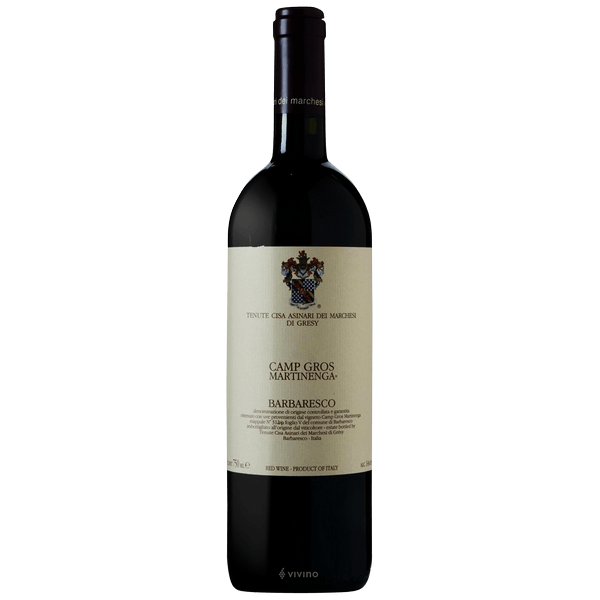2017 Jean-Luc Colombo Cornas La Louvee
2017 Jean-Luc Colombo Cornas La Louvee A deep ruby color 2017 wine. On the nose, intense and complex notes of dark berries, black cherry, baking spice, and violets. Rich and concentrated on the palate with plums, berries and distinct minerality.
Jean-Luc Colombo
Jean-Luc Colombo is a man of warmth, energy, and an insatiable appetite for the “plaisirs de la table” (pleasures of the table), stemming from many joyous hours spent as a small boy assisting his mother, a talented restaurateur in Marseille. Jean-Luc’s subsequent decision to pursue the study of enology was inevitable. A devotee of the Syrah grape and armed with a pharmacy degree, Jean-Luc and his wife, Anne, opened their wine laboratory in 1984, “Centre Oenologique des Côtes du Rhône” and quickly developed a thriving reputation as a wine consultant throughout the Rhône Valley.
Soon after, Jean-Luc and Anne began purchasing their own vineyards first, in Cornas then throughout the Rhône and Languedoc – leading to the establishment in 1994 of Vins Jean-Luc Colombo.
Since the debut vintage of their single-vineyard Cornas, ‘Les Ruchets,’ in 1987, the Colombo’s have received critical acclaim for their wines, demonstrating the region’s capability to produce wines of tremendous grace and finesse.
Red wine
Red wine has been prevalent since prehistory (the period before written records) as winemaking originated and spread throughout the world. In this case, “red blend” refers to any red wine that contains more than one red grape variety in the final product, though certain red blends can have their own designation as varietal wines despite comprising multiple grapes.
For much of the history of European wine, red blends were in fact more common than single varietals, as winemaking was typically region-centric and featured grapes consolidated from vineyards across a given area. One famous example of this practice is the Bordeaux blend, which originated in the 18th or 19th century and usually comprises Cabernet Sauvignon, Merlot and Cabernet Franc.
Though prominent red blends such as Bordeaux still remain popular, many red blends have been associated with lower quality due to the assumption that the term indicates cheaper table wines. However, many high-quality wine producers still elect to produce red blends, and these wines can in fact offer many unique and delicious flavors due to the winery’s ability to custom design the profile of their product.
Related products
2020 Jean-Claude Bachelet Chassagne-Montrachet 1er Cru Macherelles 2020 Jean-Claude Bachelet Chassagne-Montrachet 1er Cru Macherelles presents a finely tuned nose of citrus lemon, peach skin and touches of candle wax and crushed stone. The palate is clean and precise on the entry, then very smooth and harmonious, offering seductive peachy, mango notes. Not amazingly complex on the [...]
2019 Jean-Claude Bachelet Saint-Aubin 1er Cru Derriere La Tour Rouge 2019 Jean-Claude Bachelet Saint-Aubin 1er Cru Derriere La Tour Rouge Shedding a touch of youthful reduction to reveal aromas of plums, warm spices, rose petals and forest floor, the 2019 Saint-Aubin 1er Cru Derrière La Tour is medium to full-bodied, concentrated and lively, its deep [...]
2020 Domaine des Lambrays Clos des Lambrays Grand Cru 2020 Domaine des Lambrays Clos des Lambrays Grand Cru, A fresh red, with black currant and black cherry flavors shaded by floral, iron, earth and spice elements. Fluid and on the elegant side, with a solid underlying framework of tannins. Turns a bit leaner on the [...]



